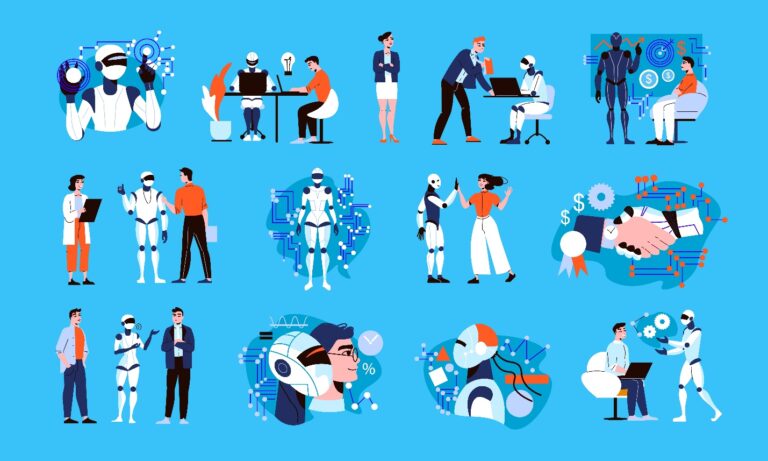
ChatGPT can be personalized to a certain extent by incorporating user data such as their browsing history, search queries, and social media activity to provide more customized responses. However, the level of personalization is limited by the quality and quantity of the available data, as well as the capabilities of the model.
For example, if a user has a history of searching for vegan recipes, the chatbot could use that data to generate responses that are more tailored to their dietary preferences. Similarly, if a user frequently asks questions about a particular topic, the AI assistant could learn from those interactions and generate more accurate and relevant responses in the future.
However, it’s important to note that text-based AI is not a sentient being and cannot truly understand personal experiences or emotions. It relies on data and patterns in language to generate responses, which means that its personalization is limited to the available data and the capabilities of the model.
How OpenAI’s ChatGPT is trained
ChatGPT is a language model that undergoes a two-step training process. Initially, it is pre-trained using a vast amount of text data, where it develops the ability to predict probable word sequences. During this phase, the model acquires knowledge on grammar, factual information about the world, and rudimentary reasoning skills, while also being exposed to the inherent biases present in the data that can result in issues such as the language model’s tendency to generate problematic responses.
The subsequent phase involves fine-tuning the pre-trained model using a limited set of carefully curated text samples that have been evaluated by human assessors. Through this process, the chatbot learns to generalize based on human feedback, thereby improving its performance in generating appropriate responses.
In short, while ChatGPT can be personalized to a certain extent, its personalization is limited by the quality and quantity of data, and it is not capable of truly understanding personal experiences or emotions.




Leave a Comment